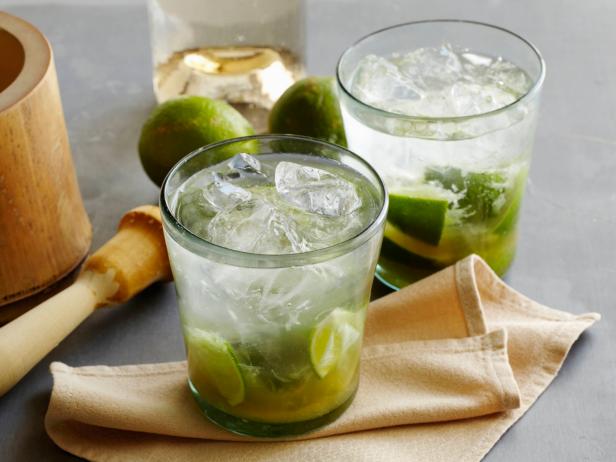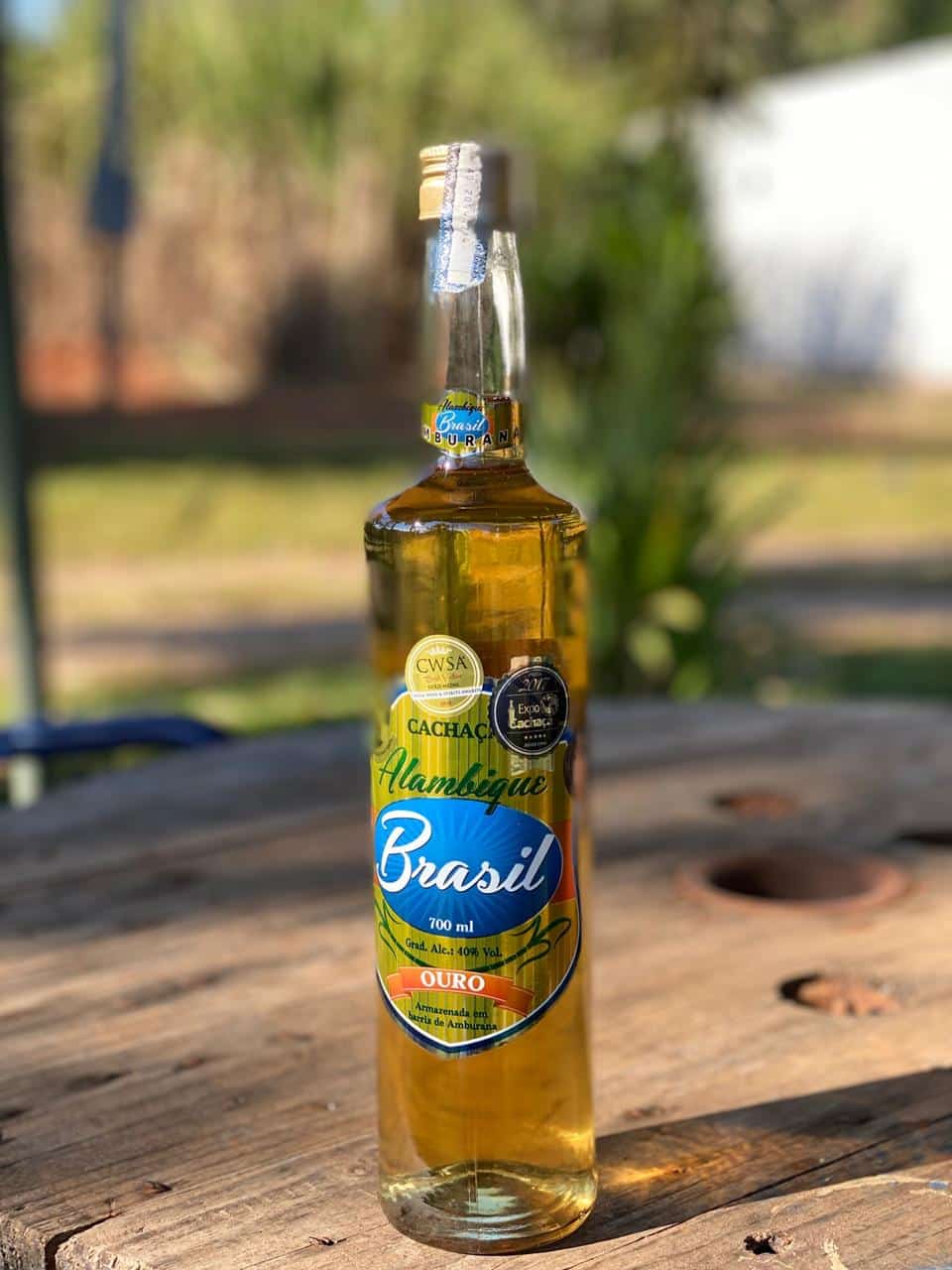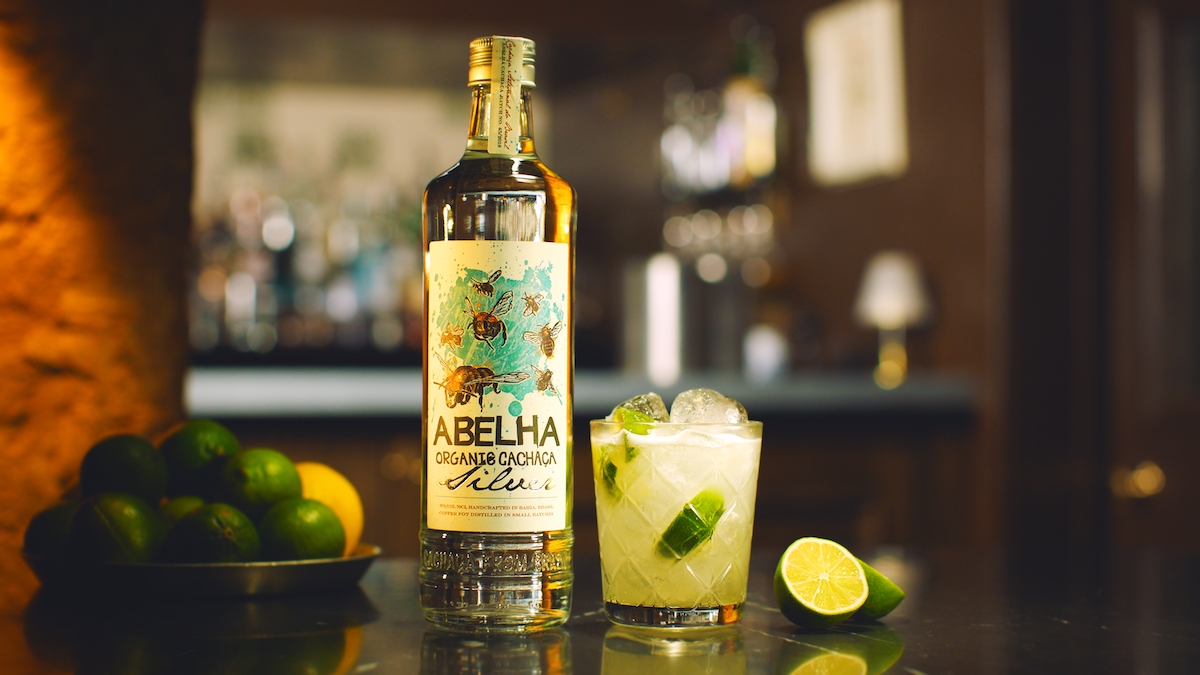Anyone who has visited Brazil’s Copacabana Beach has surely sipped on a cocktail that had cachaça in it, whether they were aware of it or not. Cachaça is Brazil’s national spirit, based on sugarcane, and is often seen in a cocktail called Caipirinha, muddled with lime. So just what is it?
Brazil’s Favorite Spirit
Cachaça, pronounced kah-sha-sah, by law must be produced in Brazil and must contain between alcohol of 38%-48% percent by volume. It’s made by fermenting sugarcane juice that is later distilled. Cachaça needs to be stored in either wood barrels or steel containers.
White or branca cachaça is made from product stored in stainless steel or wood that does not impart any of its color. Meanwhile, yellow or amarela cachaça is stored in types of wood that impart color, aromas, and softer flavors. Amburana decreases the level of acidity and gives a hint of cinnamon and vanilla flavor to the drink.
Cachaça can be aged for at least a year, which would then considered to be premium, or three years, which is then considered to be extra premium.
The drink is quite popular around the globe. Chef Ed Verner of Boxer, an Auckland drinks-focused bar, shared with Travel + Leisure: “As someone who uses a lot of indigenous plants in my cocktails to show off the flavors of New Zealand and its terroir, I really appreciate that cachaça is one of the rare spirits in the world that gets to change and mature in wood from its own country.”

Caipirinha Cocktail
The famous Caipirinha cocktail is made with two ounces of cachaça, lime, sugar (or simple syrup) and ice. First a lime is muddled with sugar in an old fashioned glass. Next, add the ice cubes and cachaça and stir. The drink is then garnished with lime.
The spirit has been described to taste spicy, sweet, vegetal, fruity, and sometimes even funky. At International Wine and Spirits Competition tastings, the 2019 Cachaça Alambiques Basil Ouro Amburana was described like so: “The nose offers all manner of green, grassy, and floral notes. The palate is all Christmas cake and pumpkin spice which carries through to the finish.”

Cachaça Alambiques Basil Ouro Amburana
Cachaça was the first spirit to be distilled in South America, estimated to have begun in the 1500s. It is frequently confused with rum, so much so that some people refer to it as “Bazilian rum” but a formal agreement was reached between the Brazilian and United States government to only legally call it cachaça. Rum is typically made of molasses, while cachaça is made of pressed sugarcane juice.

